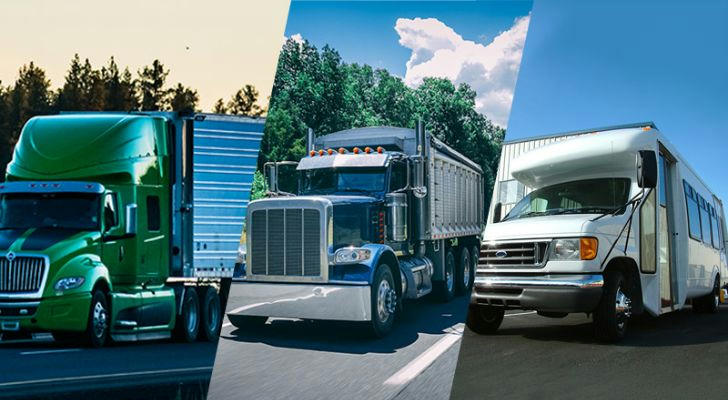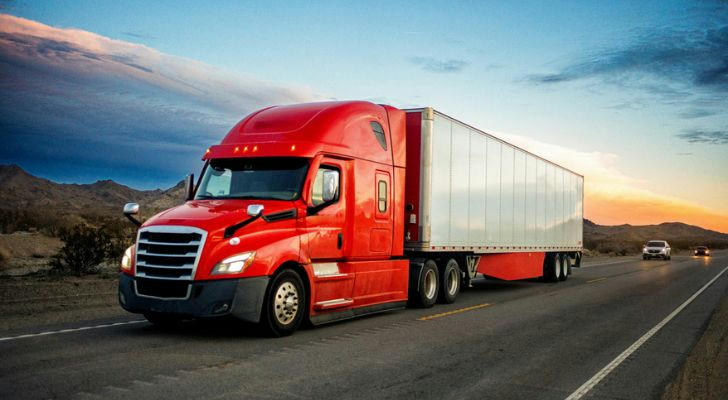No Experience? No Problem. Get CDL Training and Start Driving in Just Weeks
Looking to make a career move into a more hands-on, mobile profession? CDL (Commercial Driver’s License) training could be your first step. In 2025, more people from various backgrounds are exploring CDL programs as a pathway into driving careers that value skill, focus, and commitment.
What Is CDL Training?
CDL training is a short-term educational program that teaches participants how to safely operate commercial vehicles, such as semi-trucks, buses, or box trucks. Depending on your goals, there are different license classes — the most common being Class A, which covers the widest range of vehicles including tractor-trailers.
Programs typically include two main components:
- Classroom instruction: Learn about road safety regulations, vehicle inspection protocols, logbook management, cargo handling, and federal compliance.
- Behind-the-wheel training: Practice maneuvering, reversing, highway driving, and other essential vehicle control skills with an instructor.
After completing training, participants take a multi-part state exam — including a written knowledge test and a practical driving test — to earn their CDL.
Key Features of CDL Programs
Most CDL training courses are designed for accessibility and focus on getting students ready to drive safely and efficiently. Some of the key features include:
Hands-On Learning
Training doesn’t just happen in a classroom. Students gain experience in real vehicles under supervised conditions, practicing skills like backing into tight docks, pre-trip inspections, and navigating city roads.
Step-by-Step Curriculum
New to driving large vehicles? That’s expected. The curriculum generally builds from basic safety knowledge to advanced techniques, including coupling/uncoupling trailers and responding to roadside emergencies.
Short Time Commitment
While it varies, many CDL training programs are designed to be completed in under two months, allowing for quick entry into the field. Some intensive courses can be completed in as little as three to four weeks.
No Previous Experience Required
Most programs do not require prior trucking experience. What you will need, however, is a valid regular driver’s license and the ability to pass a DOT (Department of Transportation) physical exam.

What You’ll Learn
Here’s a snapshot of what a typical CDL course covers:
- Vehicle operation basics: Shifting gears, braking, cornering, mirror use
- Pre-trip inspections: Checking brakes, tires, lights, fluid levels
- Load safety: Weight distribution, tie-down procedures, hazardous material awareness
- Driving regulations: Hours of service, electronic log devices (ELDs), roadside inspections
- Defensive driving: Maintaining safety margins, dealing with unpredictable road conditions
Many schools also include modules on communication and documentation required for professional drivers.
Types of Training Providers
CDL programs are offered by various organizations, each with their own training models and resources:
Truck Driving Schools
These are standalone institutions that specialize in preparing students for the CDL exam. They often have dedicated facilities, access to modern trucks, and experienced instructors.
Company-Partnered Programs
Some transportation companies work with training schools or host their own CDL programs. These may include options for new drivers to start working with the company after earning their license.
Community Colleges
Select colleges offer CDL programs as part of continuing education or technical training. These may come with structured schedules and campus-based support.
Online Pre-Study Options
Although most driving skills must be practiced in person, some providers offer online modules to help with the theory and written portions of the CDL exam.
Who Should Consider CDL Training?
CDL training appeals to a wide range of people — including those looking to transition careers, gain independence, or pursue a more active work lifestyle.
- Recent high school grads: Looking for a practical career path with hands-on work.
- Career changers (30s–40s): Exploring a job with more autonomy or physical activity.
- Veterans or military-trained drivers: Seeking to apply their skills in the civilian workforce.
- Retirees and semi-retired workers: Interested in local or part-time driving roles.
If you value routine, self-management, and working outside of an office, trucking may be a good fit.
What to Expect from the Application Process
Each training provider will have its own requirements, but here are common steps to expect:
Submit an application
Include personal details, driving history, and education background.Medical clearance
Complete a DOT physical exam and drug screening to verify eligibility.Obtain a Commercial Learner’s Permit (CLP)
This is typically the first milestone in training. The CLP allows you to begin supervised driving.Begin classroom and on-road instruction
Training progresses from foundational knowledge to practical exercises.Pass the CDL exam
Includes a written test, a pre-trip inspection demonstration, and a driving assessment.

Final Thoughts
CDL training is a clear, skill-based path for those ready to get on the road. It doesn’t require years of study, previous experience, or a traditional college degree. Instead, it offers a straightforward entry into a profession built on responsibility, routine, and real-world capability.
If you’re exploring new career possibilities in 2025, CDL training might be the first step in a journey that’s both practical and rewarding.
